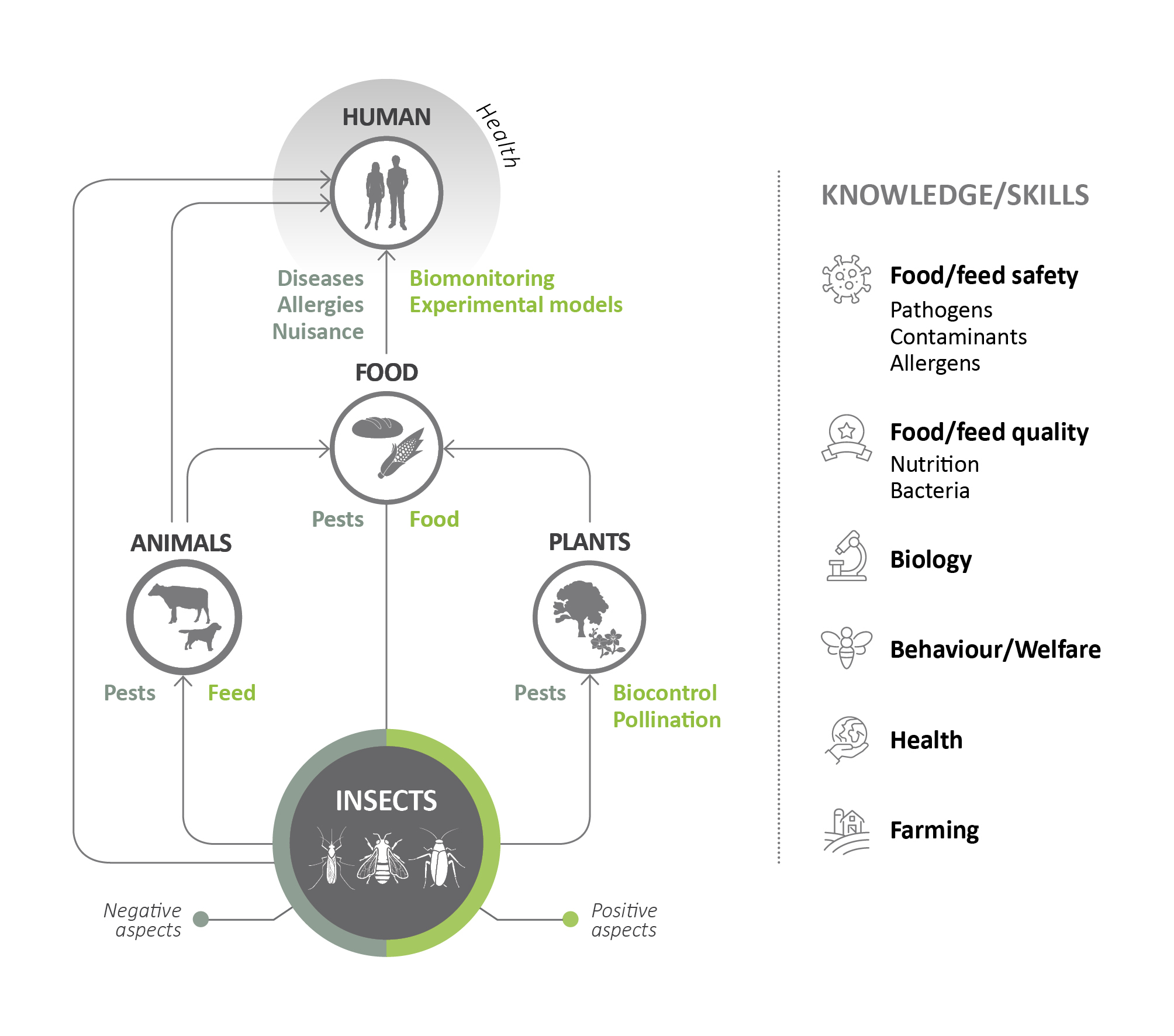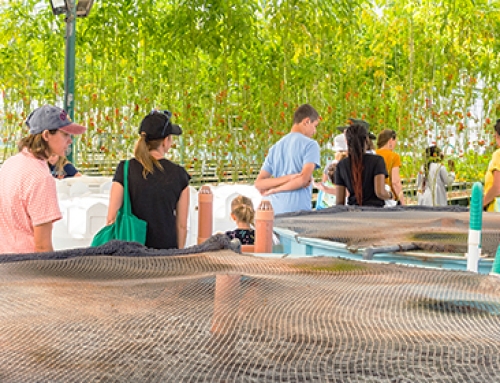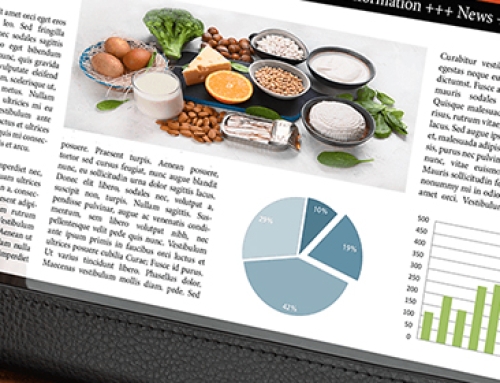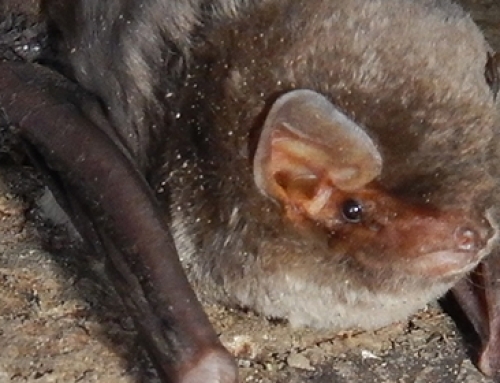Insects are by far the most common animals on the Earth, with over 1.5 million known species. Besides playing a key role in the health and balance of the planet, insects are also of growing interest for both human and veterinary public health. Whether they are vectors of diseases or food for the future, the close – and sometimes forced – coexistence between humans and insects highlights the importance of studying all the aspects of this relationship.
To narrow the gap between these two worlds, a research team from the Istituto Zooprofilattico Sperimentale delle Venezie (IZSVe) recently published an article in the scientific journal Insects, providing an overview of the bridging issues between insects and public health. It serves as a sort of “manifesto” addressed to health professionals and has very ambitious objectives:
- to define and strengthen the role of public health authorities in the various sectors involving insects;
- to increase knowledge on improving insect rearing, management and welfare;
- to shore up research activities at the insect-public health interface.
The “Insects” working group

In 2021, the Health Directorate of IZSVe set up an “Insects” Working Group with the aim to promote a One health research approach. It is formed by IZSVe researchers with varied research interests but who share a common denominator: entomology applied to animal husbandry and public health. The Working Group’s first action was to publish the paper, “Insects and public health: An overview,” marking an example of transversal collaboration among different IZSVe laboratories.
In 2021, the Health Directorate of IZSVe set up an “Insects” Working Group with the aim to promote a One health research approach. It is formed by IZSVe researchers with varied research interests but who share a common denominator: entomology applied to animal husbandry and public health. The Working Group’s first action was to publish the paper, “Insects and public health: An overview,” marking an example of transversal collaboration among different IZSVe laboratories.
More generally, the Working Group endeavours to study the positive and negative impacts of insects on health, by pursuing the following objectives:
- sharing analytical and research activities on insects to avoid duplications and foster collaborations;
- identifying synergies and innovative ideas for presenting research projects;
- following legal developments in the various related fields;
- defining innovative research strategies.
It is worth pointing out that insects have been on the public health agenda for decades as vectors of disease and pests, since vector-borne diseases account for over 17% of all infectious diseases worldwide. Conversely, in the human food sector, interest in insects as a source of food and/or feed emerged only recently. This use, which has been around since ancient times, is reasserting itself globally, partly through the consolidation of state-of-the-art livestock breeding practices. Moreover, in recent years insects have been used in the research field as potential bioindicators of environmental pollution or as an alternative animal model to vertebrates.
The growing use of insects in the field of livestock husbandry and the resulting increase in breeding facilities at the European level prompts the need to develop systems and procedures able to protect the health of both consumers and the insects themselves. This involves the definition of insect welfare standards and good rearing practices, in addition to the application of biosecurity measures to maintain their health status.
Insectaria and laboratories

To date, two insectaria for experimental purposes are operating at IZSVe. Various species of vector insects are bred in one (the following species of mosquito: Aedes albopictus, Aedes koreicus, Aedes aegypti), and insect species used for food and research purposes in the other (Acheta domesticus, Tenebrio molitor and Galleria mellonella).
To date, two insectaria for experimental purposes are operating at IZSVe. Various species of vector insects are bred in one (the following species of mosquito: Aedes albopictus, Aedes koreicus, Aedes aegypti), and insect species used for food and research purposes in the other (Acheta domesticus, Tenebrio molitor and Galleria mellonella).
The following IZSVe facilities work with insects:
- National Reference Centre for Beekeeping / FAO Reference Centre for Apiculture: Health and Biosecurity / Regional Centre for Beekeeping of the Veneto Region (CRA). Activities are chiefly focused on the diagnosis and control of hive-related diseases, the control of honey bee product quality and residues, and the use of honey bees and their products as bioindicators of environmental pollution. Monitoring activities of honey bee mortality and hive depopulation are conducted through various national and international projects.
“Insect Working Group” members: Anna Granato, Marianna Martinello, Fulvio Bordin. - Parasitology, mycology and sanitary entomology laboratory (SCS3). This Laboratory deals with taxonomic identification of arthropods and the diagnosis of insect pathogens. Moreover, the lab has facilities and expertise for insect farming and is able to carry out research activities dealing with live insects as also to support competent authorities and farmers. Numerous laboratories of the Istituto Zooprofilattico Sperimentale delle Venezie are involved in the diagnosis, detection, and surveillance of parasitic and vector arthropods. Entomological surveillance activities are conducted primarily through the active capture of vectors in the northeastern part of Italy.
“Insect Working Group” members: Fabrizio Montarsi, Michela Bertola. - Laboratory of safety and quality of the food chain (SCS8). This Laboratory performs microbiological and chemical analyses designed to identify and quantify any food safety risks stemming from insect consumption. The Laboratory also provides an advisory service to food companies on these novel foods and contributes to the development of regulatory documents required to place them on the market in compliance with EU legislation.
“Insect Working Group” member: Simone Belluco. - Laboratory for microbial ecology and genomics of microorganisms (SCS1). This Laboratory performs metagenomic analyses on insects and derivatives.
“Insect Working Group” member: Carmen Losasso. - Laboratory SCS2 – Chemistry. This Laboratory deals with the study of environmental contaminants or process contaminants that can affect insects and derived products, in addition to the characterization of antimicrobial peptides and allergenic proteins.
“Insect Working Group” members: Albino Gallina, Roberto Stella. - Laboratory for animal welfare and veterinary public health (SCS4). This Laboratory investigates issues related to animal adaptation in the various breeding phases and defines standardized welfare indicators.
“Insect Working Group” members: Guido di Martino.
For further information
Michela Bertola
Parasitology, mycology and sanitary entomology laboratory (SCS3)
SCS3 – Diagnostic Services, Histopathology, Parasitology
mbertola@izsvenezie.it








